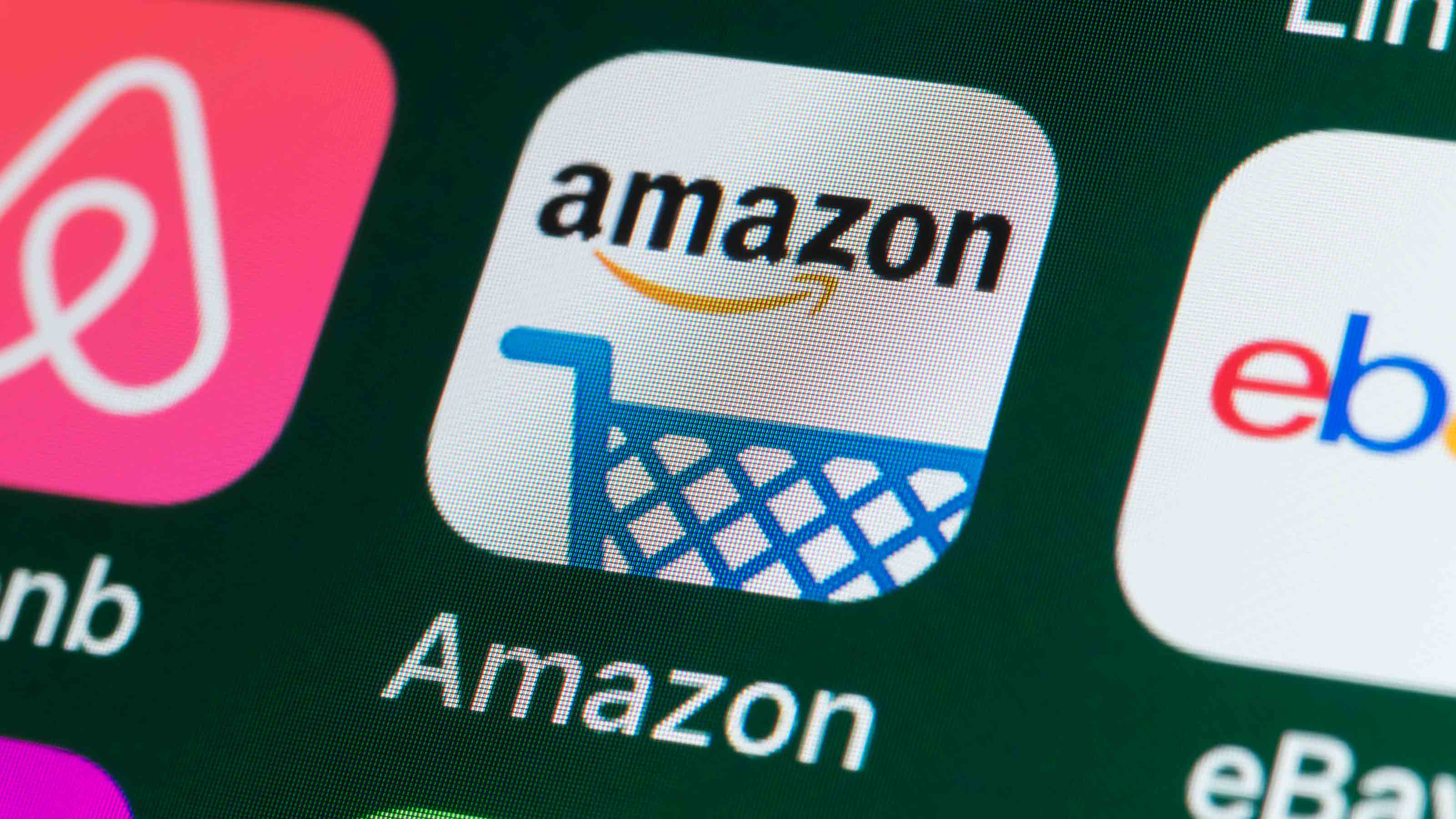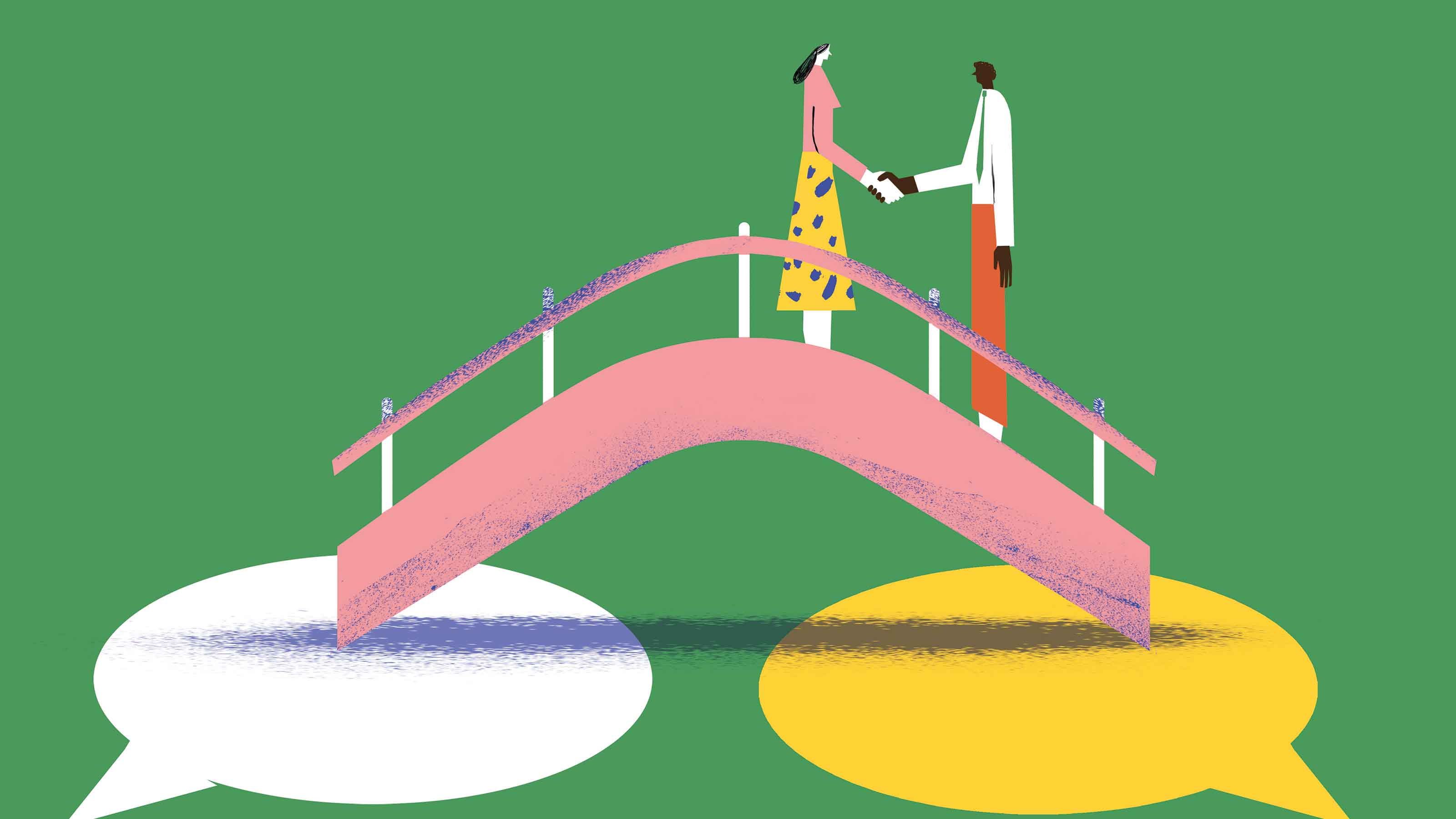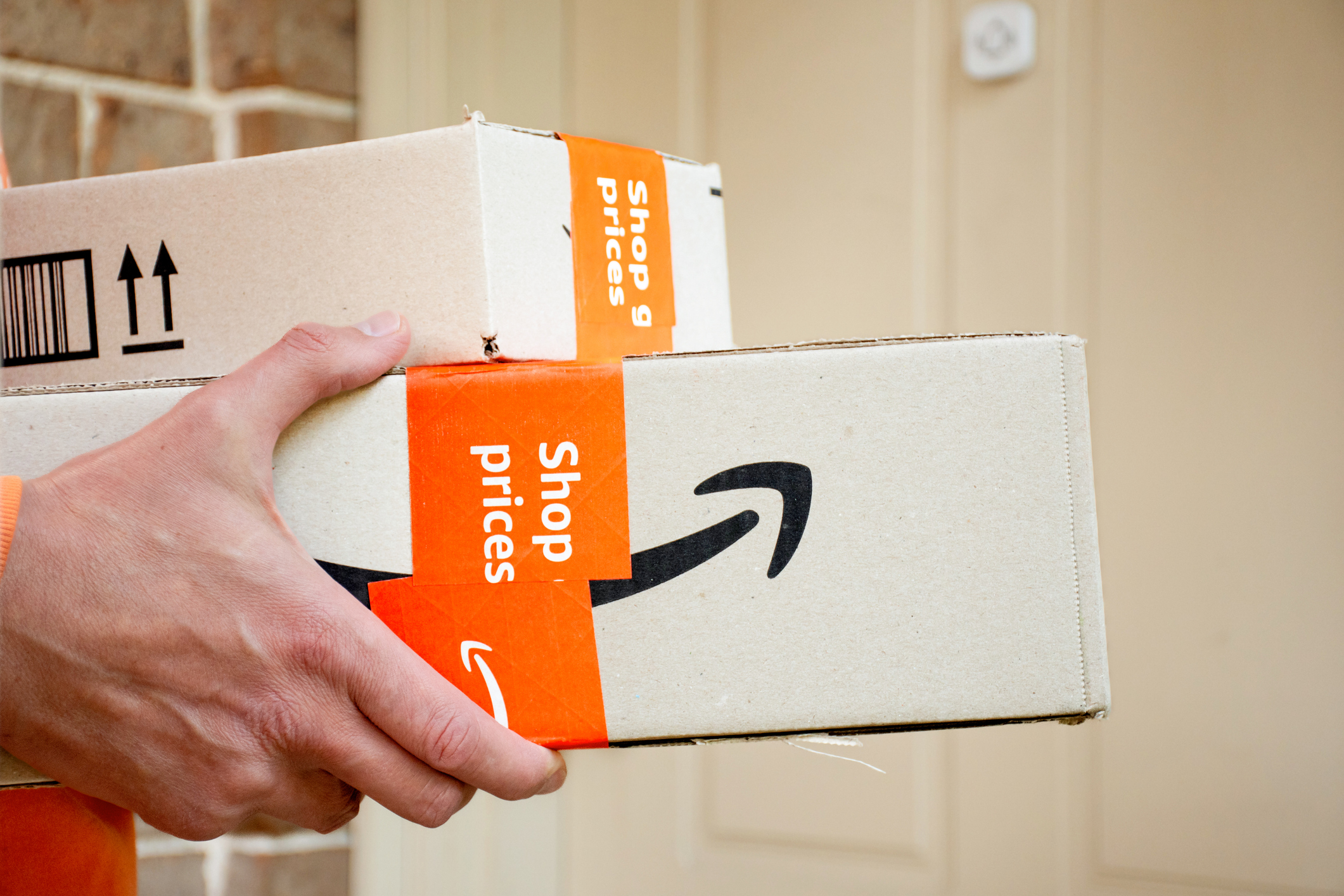6 Reasons to Switch Banks Right Now
Tired of high fees and poor customer service? Find a new bank. There are more options out there than you might think.

So maybe you don’t hate your bank. But you might not feel warm and fuzzy about your financial institution either – especially if it’s a big commercial bank. More than half of Americans are still angry at big banks over the 2008 financial crisis, and 3 out of 4 think big banks put the interests of their shareholders over their customers, according to a recent survey conducted by Harris Poll for Kasasa, a service that offers free checking accounts through nearly 300 community banks and credit unions.
”Not all Americans hate their bank,” says Kasasa CEO Gabe Krajicek, but the online survey of 1,002 adults found that big bank customers are more likely to harbor negative feelings than customers of community banks and credit unions. Here are six common reasons why customers dislike their banks:
1. Monthly service fees. Big bank customers are twice as likely to feel "scammed" by fees than community bank and credit union customers, according to the survey. And the most-hated fee is the monthly service fee, which banks charge customers to maintain their checking accounts. Less than 40% of non-interest checking accounts and only 4% of interest checking accounts are completely free, according to an annual checking survey conducted by Bankrate.com. Many banks levy a monthly fee if certain requirements such as making direct deposits, maintaining a minimum balance or paying bills online aren’t met.
From just $107.88 $24.99 for Kiplinger Personal Finance
Become a smarter, better informed investor. Subscribe from just $107.88 $24.99, plus get up to 4 Special Issues

Sign up for Kiplinger’s Free Newsletters
Profit and prosper with the best of expert advice on investing, taxes, retirement, personal finance and more - straight to your e-mail.
Profit and prosper with the best of expert advice - straight to your e-mail.
2. ATM fees. Fees charged by banks for using ATMs outside their networks are the second most-hated fees, according to the Kasasa survey. The average cost of going outside a bank’s ATM network is at an all-time high of $4.35 per transaction, according to Bankrate’s checking survey. This amount includes what institutions charge their own customers for using another bank’s ATMs and what institutions charge non-customers for using their ATMs.
3. Overdraft fees. These fees that financial institutions charge if you opt in to an overdraft protection program and spend more than what’s in your account are at a record high of $32.74, according to Bankrate. In effect, the bank is charging you a steep fee to temporarily loan you the money to cover the charge. If you don't opt in to overdraft protection, your charge will be declined due to insufficient funds.
4. Minimum balance requirements. Although not as despised as the aforementioned charges, fees that financial institutions levy on customers who fail to maintain a certain balance in an account add insult to injury, Krajicek says. About one-third of U.S. households live paycheck to paycheck, according to Brookings Institution research, so maintaining a certain balance can be difficult. Households are well aware of their financial struggles, Krajicek says, and the minimum balance fee just serves as a reminder that they don’t have a lot of money.
5. Low rates on interest-bearing accounts. Almost half of those surveyed by Kasasa said they would switch banks to earn higher interest rates. Rates on interest-bearing accounts are relatively low across the board. But generally speaking they’re much lower at big banks than at smaller institutions and online banks. The national average on interest-bearing accounts is 0.04%, according to the FDIC. The standard interest rate on checking accounts at major brick-and-mortar banks is just 0.01%, says Nick Clements, founder of financial education site MagnifyMoney.com. Most online banks pay at least 1%, he says. And many community banks and credit unions offer accounts with an average rate of 2% or more, Krajicek says, though those accounts usually come with restrictions such as caps on the amount of money that's eligible for the highest interest rates and requirements such as a minimum number of monthly transactions.
6. Poor customer service. Despite consumers’ hatred of fees, they’re actually more likely to close an account because of poor customer service, according to the Ernst & Young 2014 Global Banking Survey. A J.D. Power 2014 U.S. Retail Banking Satisfaction Study found that poor customer service was the top reason customers switched banks. According to the Kasasa survey, almost two-thirds of respondents believe community banks and credit unions have better personal service than the big national banks.
Consider switching banks
Despite consumers’ gripes about their banks, many don’t bother to switch to another financial institution, says Greg McBride, chief financial analyst at Bankrate. They need to be aware that there are alternatives. “If you don’t like the service you’re getting, vote with your feet and take your business elsewhere,” he says. It’s not as hard as you might think. Of those polled on behalf of Kasasa who switched financial institutions, 81% said it wasn’t difficult. And you're more likely to find free checking and more competitive rates at online banks, small banks and credit unions, McBride says.
In fact, you're twice as likely to find free checking at a credit union than at a commercial bank, according to a study by Bankrate. Credit union fees to use out-of-network ATMs are $1 less, on average, than what banks charge, and one-third of credit unions don’t charge out-of-network ATM fees, according to Bankrate. And 72% of credit union checking accounts don’t have balance requirements. Unlike commercial banks, which are usually for-profit institutions, credit unions are membership-based nonprofit organizations. Members are eligible to join because of a common bond, such as place of employment, place of worship, school, geographical location or membership in an affiliated organization. You can find and research credit unions at CUlookup.com and ASmarterChoice.org.
Online banks that provide services only through the Internet are another alternative. They usually don’t charge a monthly fee, and some reimburse ATM fees, charge low or no overdraft fees and offer interest-bearing accounts that yield more than the national average. See our picks for the best deals in online banking.
If you'd rather stick with a big-name bank but aren't happy with the high fees or low rates offered by yours, keep in mind that some large financial institutions do offer no-strings-attached free checking that pay better-than-average interest rates. For example, Capital One's 360 Checking, an online-only account, requires no monthly fees or minimum balances, offers access to 40,000 fee-free ATMs and pays up to 0.9% in interest, depending on your balance. You can't get help with your 360 Checking account at Capital One branches, but there's a toll-free phone number to call if you need to talk to a bank representative.
If you’re reluctant to switch to an online bank because you want access to a branch where you can conduct transactions in-person, you shouldn’t rule out an online-only account if it offers other features that you want. Choosing a bank shouldn’t be an all-or-nothing proposition, McBride says. Because it is so easy to link accounts at multiple institutions together now, you might want to open a checking account with, say, a credit union to avoid fees, a savings account with a higher yield at an online bank and get loans through a community bank with lower interest rates, he says.
Profit and prosper with the best of Kiplinger's advice on investing, taxes, retirement, personal finance and much more. Delivered daily. Enter your email in the box and click Sign Me Up.

Award-winning journalist, speaker, family finance expert, and author of Mom and Dad, We Need to Talk.
Cameron Huddleston wrote the daily "Kip Tips" column for Kiplinger.com. She joined Kiplinger in 2001 after graduating from American University with an MA in economic journalism.
-
 Quiz: How Much Do You Know About Taxes on Social Security Benefits?
Quiz: How Much Do You Know About Taxes on Social Security Benefits?Quiz Social Security benefits often come with confusing IRS tax rules that can trip up financially savvy retirees and near-retirees.
-
 Are You Ready for 65? The Medicare Initial Enrollment Period Quiz
Are You Ready for 65? The Medicare Initial Enrollment Period QuizQuiz Turning 65 soon? Test your basic knowledge of Medicare's Initial Enrollment Period (IEP) rules in our quick quiz.
-
 3 Ways to Stretch the 2026 Social Security COLA For Your Budget
3 Ways to Stretch the 2026 Social Security COLA For Your BudgetThree steps retirees can take to stretch the Social Security COLA to fit their budgets.
-
 Five Ways to Save on Vacation Rental Properties
Five Ways to Save on Vacation Rental PropertiesTravel Use these strategies to pay less for an apartment, condo or house when you travel.
-
 How to Avoid Annoying Hotel Fees: Per Person, Parking and More
How to Avoid Annoying Hotel Fees: Per Person, Parking and MoreTravel Here's how to avoid extra charges and make sure you don't get stuck paying for amenities that you don't use.
-
 How to Appeal an Unexpected Medical Bill
How to Appeal an Unexpected Medical Billhealth insurance You may receive a bill because your insurance company denied a claim—but that doesn’t mean you have to pay it.
-
 Amazon Prime Fees Are Rising. Here’s How to Cancel Your Amazon Prime Membership
Amazon Prime Fees Are Rising. Here’s How to Cancel Your Amazon Prime MembershipFeature Amazon Prime will soon cost $139 a year, $180 for those who pay monthly. If you’re a subscriber, maybe it’s time to rethink your relationship. Here’s a step-by-step guide to canceling Prime.
-
 How to Haggle for Almost Anything
How to Haggle for Almost AnythingSmart Buying Learning how to haggle is an invaluable skill. These strategies will help you negotiate a better price for just about any product or service.
-
 Disability Insurance Can Provide COVID Coverage
Disability Insurance Can Provide COVID CoverageCoronavirus and Your Money If you are concerned about long-term complications from COVID-19, consider disability insurance coverage.
-
 21 Things You Can't Return to Amazon — Either Online or In-Store
21 Things You Can't Return to Amazon — Either Online or In-StoreDid you know there are things you can't return to Amazon? Before adding these 21 items to your cart, be sure to read Amazon's return policy first.
-
 How to Avoid a Charity Scam
How to Avoid a Charity Scampersonal finance Scammers never quit, even when you're trying to be altruistic. But you can avoid getting duped if you do your homework.